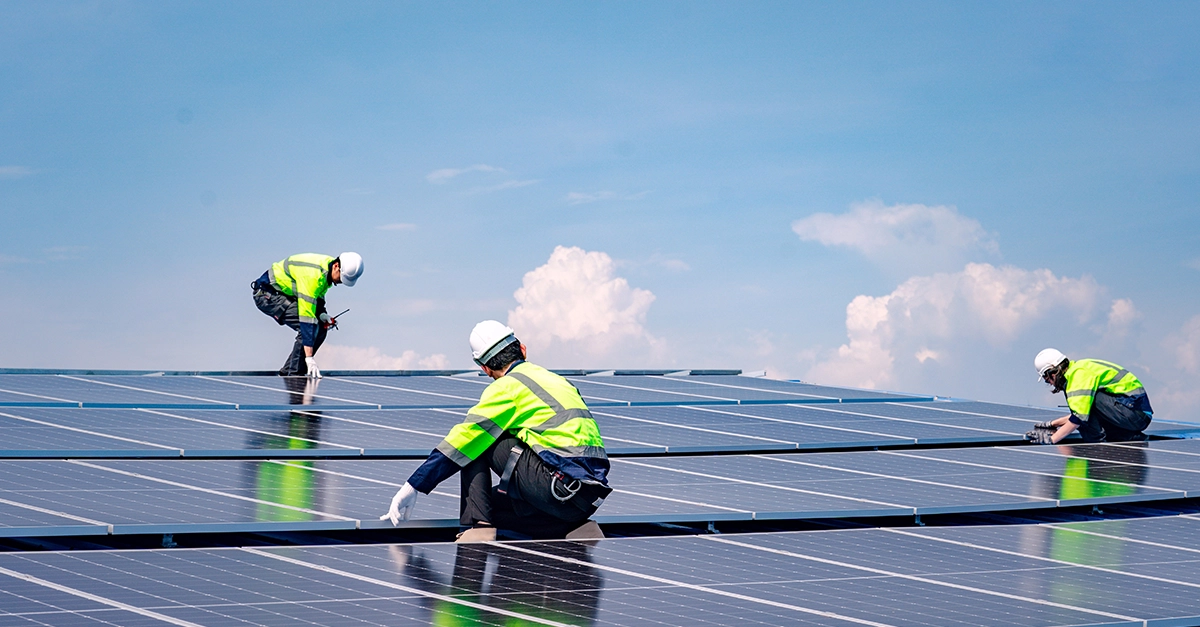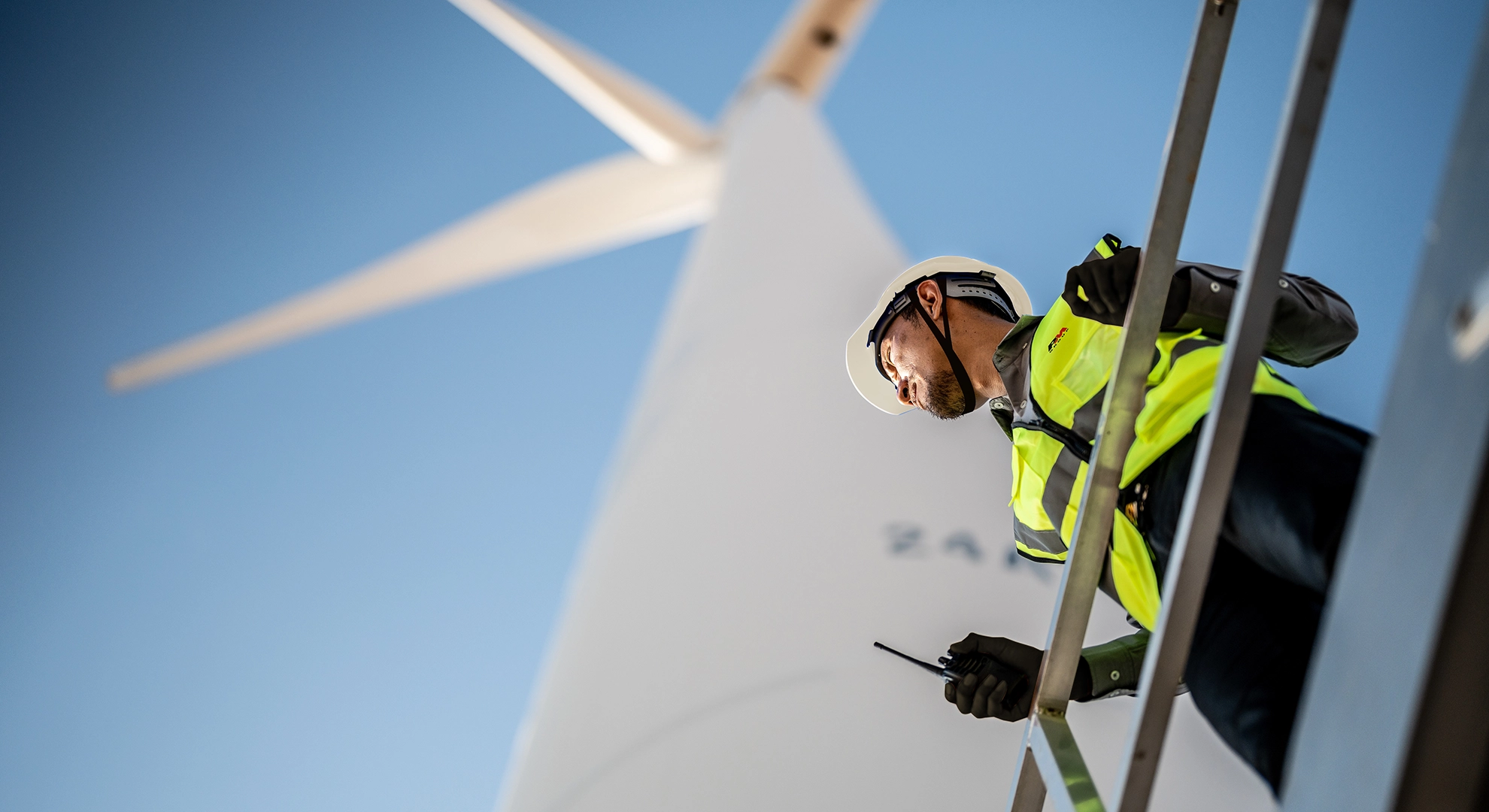The rise in energy costs and the imperative to reduce carbon emissions are driving significant changes in pharmaceutical manufacturing.
Heating and cooling systems, which constitute 40% of total energy consumption in pharmaceutical manufacturing facilities, have emerged as a critical focus for decarbonisation efforts. Heat pumps are an efficient way to reduce costs and emissions. They can be used in new or retrofit projects, promoting sustainability and compliance.
Brian McKnight, Group Technical Director, PM Group, emphasises the importance of this shift


"With 52% of Europe’s energy consumed in heating and cooling, decarbonising these systems is essential to keep the 1.5°C target within reach by 2050."
Brian McKnight
Technical Director - Building Services Engineer
Why heat pumps?
Heat pumps use air, water, or ground energy to provide heating and cooling. Through a refrigeration cycle powered by electricity, they increase low-grade heat to a more useful temperature with minimal energy consumption.
Top three reasons for using heat pumps:
1. Efficiency
With a high coefficient of performance (COP), heat pumps generate multiple units of heating or cooling per unit of electricity. This reduces energy consumption and carbon emissions
2. Versatility
Heat pumps can be used in various applications. These include heating hot water, chilled water for HVAC and process systems and domestic hot water. Their versatility makes them suitable for both retrofit and greenfield projects
3. Renewable energy integration
When powered by renewable electricity, heat pumps enhance sustainability. They reduce the carbon footprint of pharmaceutical operations and assist in meeting building regulations compliance for renewable technology use in most jurisdictions
Understanding load profiles
Understanding load profiles is crucial for decarbonising heating and cooling systems. This means collecting detailed data from building management systems and installing additional meters if needed. The data is then analysed to find segments influenced by weather, process load variations, or changing occupancy patterns.


"Understanding the load, including temperature and climate factors, allows engineers to design adaptable systems for specific site needs."
Brian McKnight
Technical Director - Building Services Engineer
Retrofit and greenfield considerations
For brownfield sites, don't rely on existing equipment's nameplate capacity when sizing heat pumps. Instead, test the building with lower temperature strategies before replacement and use dynamic modelling to select heat pumps that match the load profile year-round. Greenfield projects benefit from this approach too, enhancing energy savings and efficiency.
Integration with other disciplines
Heat pumps need different levels of support and shifting thermal energy from fossil fuels to electricity requires more electrical power. Check early for spare capacity on site or with the electricity provider if upgrading is required. Using renewable electricity at the site can enhance sustainability.

The challenge is not just technical but also requires a shift in mindset towards sustainability and long-term planning.








